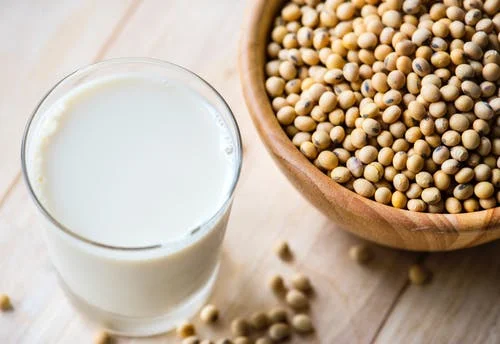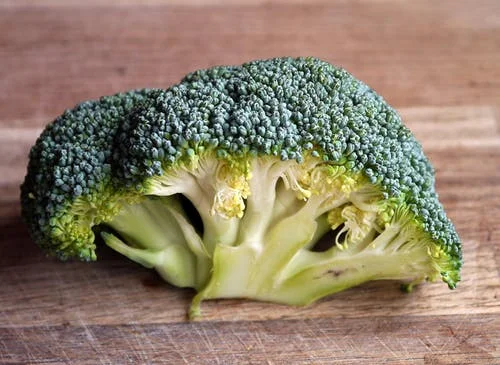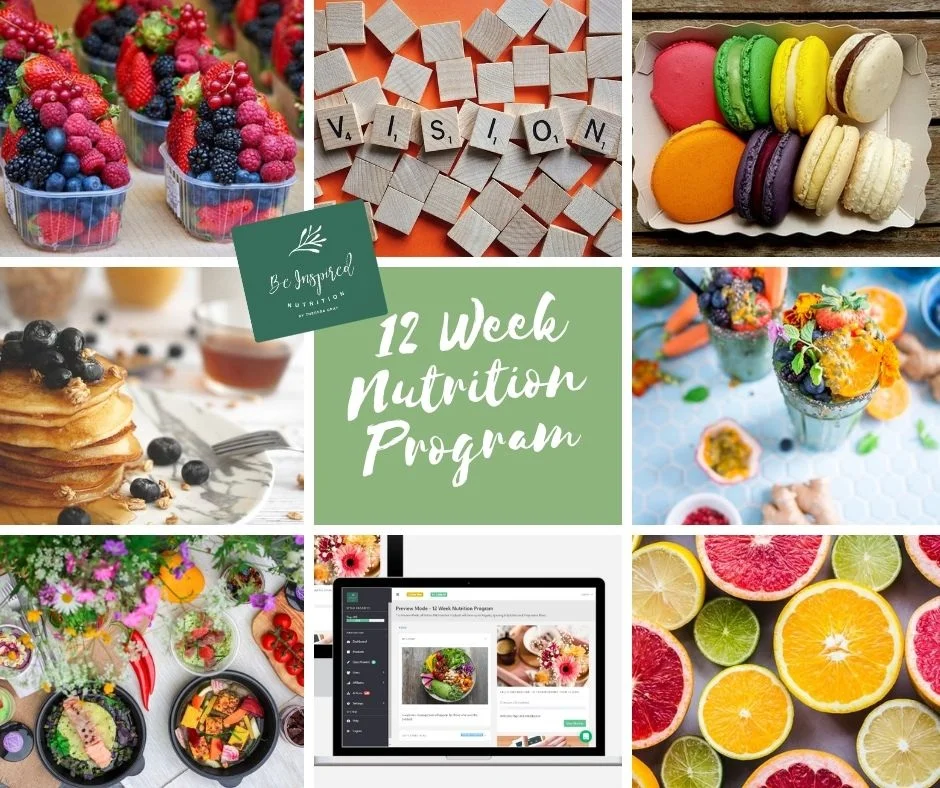How food can help ease those dreaded peri-menopausal symptoms.
Menopause, for those that don’t know is the name termed for woman who have ceased their monthly cycle for twelve consecutive months.
Perimenopause means "around menopause" and relates to the time during which your body makes its natural course to menopause, marking the end of the menstrual cycle. Perimenopause is also called the menopausal transition. And the reason for this is because of the decline of the oestrogen hormone which falls significantly.
Oestrogen! What is it?
Oestrogen also spelt Estrogen, is a hormone that makes feminine characteristics in the female body and is responsible for the sexual and reproductive development of a women.
What is oestrogens function? Oestrogen is produced in the ovaries, in fat cells and the adrenal glands.
At the beginning of puberty oestrogen plays a role in the development of breasts, wider hips and public hair. Oestrogen also regulates menstruation.
In bones oestrogen plays a vital role in bone formation working with Vitamin D, calcium and other hormones to effectively breakdown and rebuild bones according to the body’s natural process. As Oestrogen declines the process of rebuilding bone slows, thus menopausal women break down more bone than can be rebuilt. Therefore, women who are in menopause are twice as likely to suffer from osteoporosis (a medical condition in which the bones become brittle and fragile from loss of tissue), then men.
Menopausal symptoms:
Signs and symptoms of oestrogen decline include poor memory, loss of elastin in the skin, decreased sexual drive, dry eyes, mouth and vagina and poor quality of sleep. This is because with menopause, melatonin (the sleep hormone) also declines.
Now have wondered why you have put on weight? After menopause your metabolism slows down and doesn’t process carbohydrates as effectively as it used to, storing excess as fat. This fat excess weight gain may accumulate around your middle (waist). In addition, this kind of fat increases your risk of cardiovascular disease so its best to be mindful of the foods consumed and the amount of movement and exercise you do throughout the day.
Phytoestrogens, what are they?
Phytoestrogens are a natural compound found in plants that affect a person in the same way as estrogen that is produced in the body. Phytoestrogens imitate oestrogen as their chemical structures are very similar. When phytoestrogens are eaten, the body’s estrogen receptors treat them as if they were estrogen. However, because phytoestrogens do not bind firmly as oestrogen their effects may be a little weaker.
Phytoestrogen foods include, fennel, celery, buckwheat, brown rice, sesame seeds, caraway seeds, sunflower seeds, mung beans, sprouted seeds, chickpeas, garlic, red onions, yams, soy, tofu, organic tempeh and miso. By eating these types of food can help with hot flashes which are caused by changing oestrogen levels. By including these foods in the diet can help reduce some of the symptoms of menopause, such as night sweats and hot flushes.
Balancing oestrogen
Balancing oestrogen levels is imperative for a woman’s health and wellbeing. Here’s how to do it to naturally.
Take care of your liver: Be mindful of medications you may be taking such as paracetamol. For example, paracetamol taken in excess can be harmful to the liver. If the liver is not functioning well it will not clear excess oestrogens which then get reabsorbed back in the body. In turn this can cause weight gain and brain fogginess. In addition, limit the amount of alcohol and do not drink without eating as this will cause more strain on the liver.
Liver cleansing vegetables include, broccoli, brussels sprouts, cauliflower, cabbage, kale and bok choy. By eating more of these kinds of vegetables can help detox the liver.
Avoid high consumption of coffee and diet soft drinks. Women who drink these beverages frequently have reported having more occurring hot flushes.
Eat more fibre: With the passing of stools so too is the elimination of toxins and excess oestrogen, so be sure to be regular each day. When adding fibre to your diet this helps the process along. For example, adding flaxseeds in your diet, or eating food stuffs containing flaxseeds, like bread or in cereals is a sure way to get those bowels moving. Moreover, fibre makes you feel fuller for longer to, so you won’t be continually searching for your next snack, another bonus of fibre.
Cut out fried and processed foods: Fried foods especially from fast food places are cooked in partially hydrogenated oils that raise Low Density Lipoproteins (bad cholesterol) and lower High-Density Lipoproteins (good cholesterol). Increasing cholesterol can trigger having more circulating oestrogen in the body, and some of the excess cholesterol in the liver can be converted, into oestrogen.
Exercise more: exercise is good for many things but in this case, exercise has been shown to maintain oestrogen levels in older women.
Are you looking for new ways to introduce mindfulness to your diet, reduce your stress and weight and better your knowledge on portion sizes? I have written a 12 week Nutrition program that covers all that and more. For example,
How to create a clear, goal-driven nutrition plan that works for YOU and that you can immediately put into action.
How to create better goals.
How to create a healthy meal every time - no matter your eating preference (vegetarian, no dairy, gluten free.)
A better way to portion control that doesn’t include counting calories and measuring things.
How to break down carbs, protein and fat for your body type.
The impact stress has on your body and what to do about it.
Better understand detoxes, intermittent fasting and what might be right for you.
Why movement is more important than any exercise plan you follow.
How your emotions drive your thoughts and behaviours and what to do with them.
The secret ingredient for long-term success
And much much more…
This program includes weekly lessons, tasks, and accountability check-ins.
Worksheets, guides, and planners to help keep you on track.
Motivational tips and techniques to keep you focused on your goals.
Access to a private membership site and
Support and Accountability
The beauty of this program is for you to do it at home, in your own time and to work at your own pace.
Enrollment in now open. You can find the link here
Or Give us a call I am happy to answer any of your questions.
References:
Bradford, A. (2017). What is estrogen? Retrieved from https://www.livescience.com/38324-what-is-estrogen.html
Mayo Clinic (2019). Menopause. Retrieved from https://www.mayoclinic.org/diseases-conditions/menopause/symptoms-causes/syc-20353397
Patisaul, H. B., & Jefferson, W. (2010). The pros and cons of estrogens. Front Neuroendocrinol 31(4): 400–419. doi: 10.1016/j.yfrne.2010.03.003
Thielen, J. M. (2017). Caffeine & menopause symptom: Is there a link? Retrieved from https://www.mayoclinic.org/diseases-conditions/menopause/expert-answers/menopause-symptoms-caffeine/faq-20119077
Tit, M. D., Bungau, S., Iovan, C., Cseppento, D. C, N., Endres, L., Sava, C., Sabau, A. M., Furau, G., & Furau, C. (2018). Effects on the hormone replacement therapy and of soy isoflavones on bone resorption in post menopause. Journal of Clinical Medicine. 7, 297; doi:10.3390/jcm7100297







